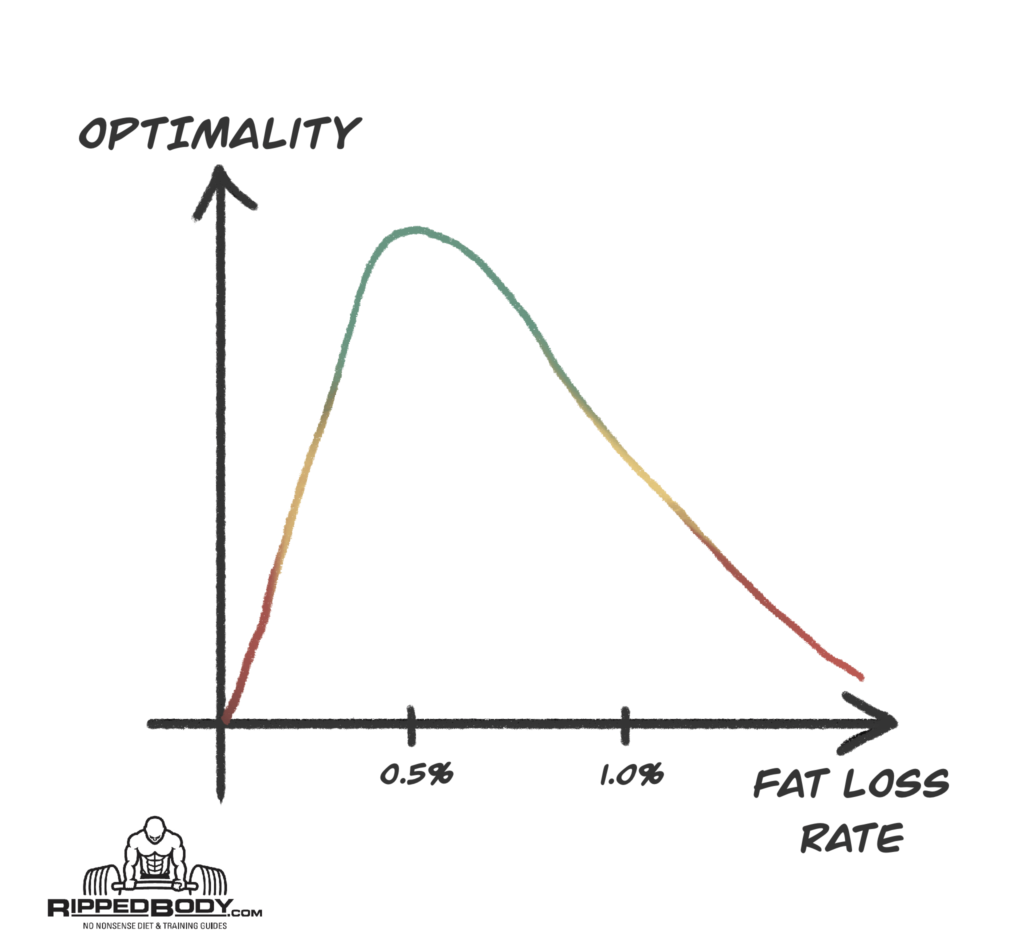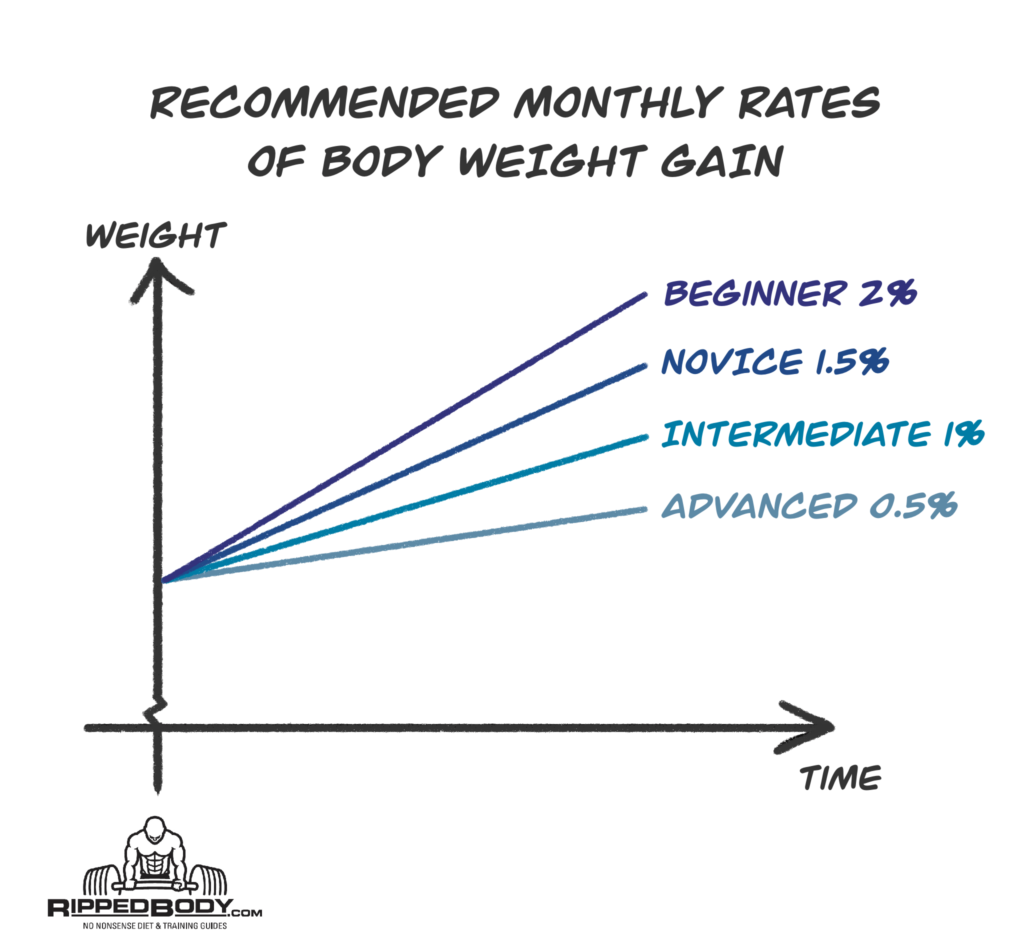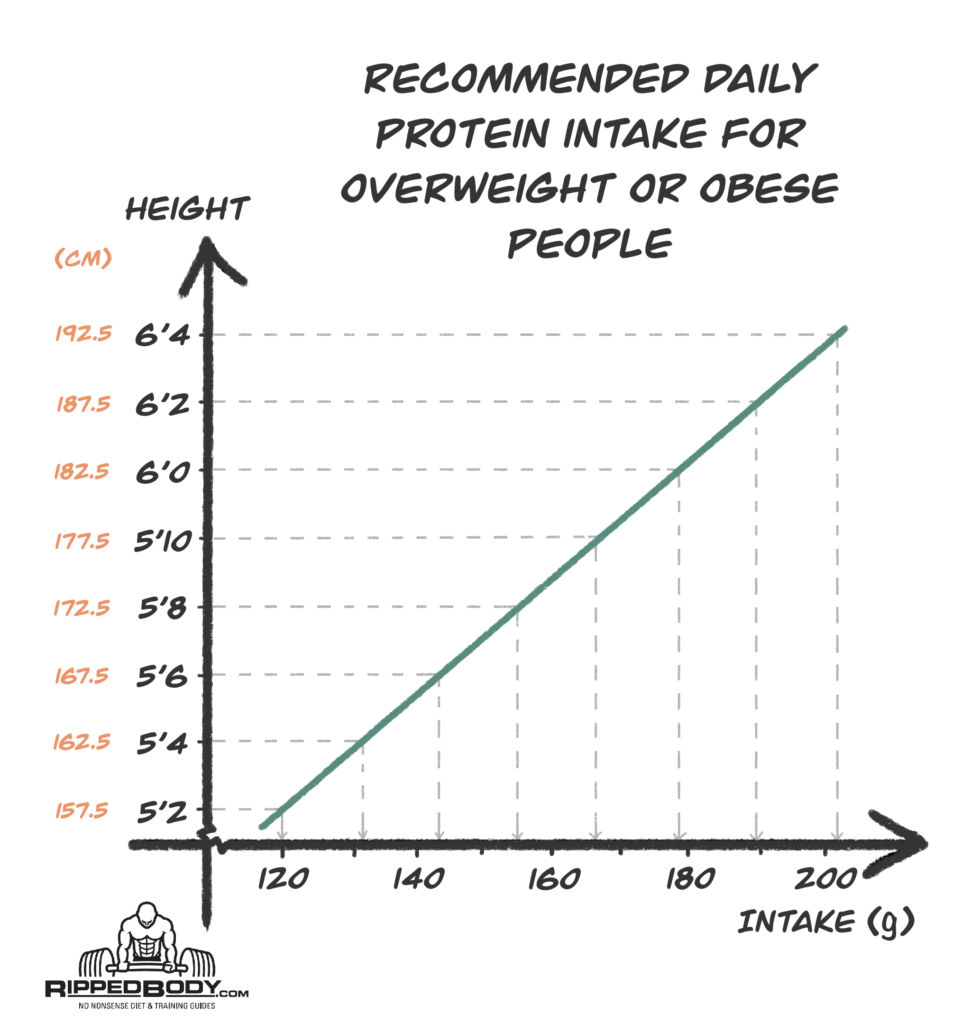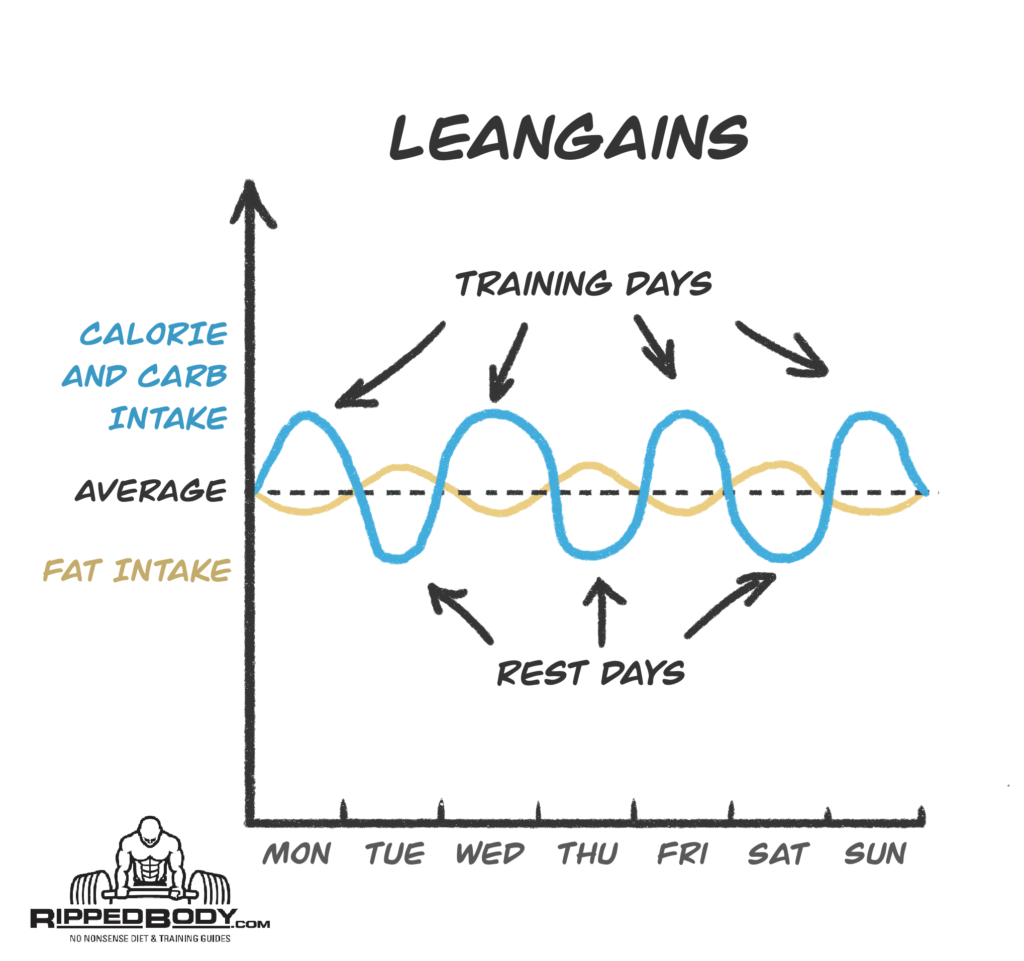This is my guide to calculating macros based on Martin Berkhan’s Leangains system.
I have been using this with clients since 2011 years. You can see the results that this system produces on my online coaching results page. If you’re looking for an overview of Leangains, see my Leangains Guide.
As with any serious nutrition strategy, these initial calculations are just the starting point. The key to your success will be fine-tuning your macros so that you keep progressing. These will come in later guides on the site. For now, I’ve worked to make this guide as simple as possible without compromising its efficacy. Below the calculator, I’ll teach you briefly about each of the steps.
Basic Details
Activity, Goals & Preferences
📊 Your Results
Based on your inputs, here are your calculated nutritional targets
📈 Metabolic Data
🍽️ Daily Macros
📊 Macro Breakdown
⏱️ Estimated Timeline
Note: This is an estimate based on theoretical calculations. Your actual results may vary due to factors such as metabolic adaptation, training quality (get our free programs), individual genetic differences, and, naturally, how well you adhere. Regular progress tracking and diet adjustments will be needed.
🎛️ Adjust Your Macros
Note: These calculations incorporate the activity levels and macro setting recommendations from my Muscle and Strength Pyramid: Nutrition book (they are all explained below), and utilize Greg Nuckols’ MacroFactor BMR formulas.
Sliders: When adjusting calories, protein stays constant while carbs and fats adjust in a 2:1 ratio (2 parts carbs to 1 part fat by calories). When adjusting protein, calories stay constant. When adjusting carbs or fats, protein and calories remain constant.
How To Calculate Your Leangains Macros
Step 1. Calculate your BMR
The basic details section is used to calculate your basal metabolic rate (BMR). Think of your BMR as your ‘coma calories’ — the energy intake you need, should you fall into a coma, to maintain your body weight. There are a variety of formulas to calculate BMR. The calculator above utilizes Greg Nuckols’ MacroFactor BMR formulas.
Step 2. Find Your TDEE By Adjusting For Activity
You need to add an ‘activity multiplier’ to your BMR depending on your lifestyle/training. This will calculate your total daily energy expenditure (TDEE). The calculations used incorporate the activity levels from my Muscle and Strength Pyramid: Nutrition book.
Choose the one that seems to fit you best, and don’t sweat your choice too much. Calorie calculations are estimations. Our goal here is to get you a starting point that is in the right ballpark. Once you have enough tracking data, I will show you fine-tune it.
Step 3. Adjust Calorie Intake Based On Your Goal
It’s important to choose a goal – fat loss or muscle gain. Yes, I know you want both, and you might be able to achieve that to a degree, but for now, I need you to look at yourself in the mirror and choose what you think is most important right now.
(If you need help with this, have a read of my article: Bulking vs Cutting – The Definitive Guide)
How To Adjust Your Calorie Intake For Fat Loss
I recommend a weight loss rate between 0.5–0.75% of body weight per week.

For busy individuals who can’t afford the lethargy and brain fog, 0.5% seems to be the sweet spot. (I’m basing this on my years of client work.)
As it requires an approximate 3500 kcal deficit to burn 1 lb of fat (7700 kcal per kg), to lose 1 lb of fat per week, you need a 500 kcal daily deficit (1100 kcal for 1 kg).
The calculation to adjust your calorie intake for a fat loss goal is as follows:
Target daily calorie intake (TDCI) = TDEE – (Bodyweight x target weekly fat loss rate x 500*)
*1100 if you use kg
HOW TO ADJUST YOUR CALORIE INTAKE FOR MUSCLE GAIN
The newer you are to training, the faster the rate you can gain muscle; the more advanced you get, the slower this will happen. Therefore, it is best to set weight gain targets based on your level of training experience. If you ignore this, you’ll either gain too much fat or make slower progress than you could have.
Categorizing training advancement is tricky, but here is my preferred method along with the monthly rates of weight gain I recommend:
- Beginner: 2% (Totally new to training.)
- Novice: 1.5% (Still able to progress most training loads in the gym on a week to week basis.)
- Intermediate: 1% (Able to progress most training loads in the gym on a month to month basis.)
- Advanced: 0.5% (Progress is evident only when viewed over multiple months or a year.)

It takes roughly ~2500 kcal to build 1 lb of muscle and ~3500 kcal to burn or store 1 lb of fat.
As people typically gain fat and muscle in a 1:1 ratio in a bulk phase, and if we assume a 30 day month, this means we need a 100 kcal daily caloric surplus to gain 1 lb of weight per month (~220 kcal for 1 kg).
However, like the additional downward adjustment I made for metabolic adaptation when cutting, I believe we should make an additional upward adjustment when bulking. This is because as we raise calories, some of that calorie increase will be eaten up by NEAT and not result in a caloric surplus. So I’ve set the calculator to add 50% to these numbers.
The calculation to adjust your calorie intake for a weight gain goal is as follows:
Target daily calorie intake (TDCI) = TDEE + (Bodyweight x target monthly gain rate x 150*)
*330 if you use kg
Now that we have our daily calorie intake target, we can calculate our macros.
How To Set Protein Intake
Protein is good. You’ve heard this even if you can’t remember why. Here’s why: It forms the building blocks for muscle, it has a protective effect on muscle tissue when dieting, and it keeps hunger at bay when dieting.
Taking all the research into account, we can come up with the following guidelines for protein intake:
When body fat percentage is known:
- Bulking or Recomposition: 1 g per pound of lean mass (2.2 g per kg)
- Cutting: 1.14 g per pound of lean mass (2.5 g per kg)
When body fat percentage is unknown:
- Bulking or Recomposition: 0.73 g per pound (1.6 g/kg) of body weight.
- Cutting: 1 g per pound (2.2 g/kg) of target body weight.
You could also consider setting protein intake based on your height in cm.

How To Set Fat Intake
I recommend that 20–30% of your calories come from fat when bulking, and 15–25% when cutting. The reason for the lower range when cutting is because of the relatively higher importance of keeping up carbohydrate intake for performance.
The minimum fat intake I recommend is 0.25 g/lb (0.5 g/kg) per day.
How To Set Carb Intake
Carbs should make up the remainder of your calorie budget.
The minimum carb intake I recommend is 0.5 g/lb (1 g/kg) per day.
These bottom-line recommendations aren’t likely to be relevant when you do your initial dietary calculation, but after a few months of dieting when you are considering where to make cuts to your calorie intake, you need to consider them.
Adding Leangains Calorie and Macro Cycling
As mentioned at the start of the article, your training days will have a higher carb and lower fat intake, with a higher calorie intake overall. Your rest days will have a higher fat but lower carb intake, with a lower calorie intake overall. This looks something like as follows:

I have set the calculator to calculate the rest day fat intake 20% higher than the training days. As carbs balance the calorie budget, this means the training days have more carbs than the rest days.
The Leangains Macro Calculator FAQ
Your macro percentage (or macro ratios) will change as you progress with a diet and bulk phase. This is because our energy needs change over time, but protein needs do not. So, if you target specific macro ratios when cutting, you’ll end up under-eating protein, which can cost you muscle mass. This calculator and guide will help you avoid that.
You can eat the same macros on your rest days, but people who follow Leangains have a lower calorie and carb intake on their rest days, with slightly higher fat intake. Select the “calorie and macro cycling” option in the calculator to have this calculated for you.
A lean bulk aims to maximize levels of leanness, while still adding muscle mass. It takes roughly ~2500 kcal to build 1 lb of muscle. So you need an approximate 100 kcal surplus to gain 1 lb of muscle per month. However, your metabolism will adapt, so this number may be higher. I like to use a 150 kcal figure.
How much muscle you can gain each month depends on multiple factors, largely your genetics and how much training experience you have. Here is a rough breakdown of the rate of muscle growth the average person can expect if they do everything right:
• Beginner: 1–1.5% of body weight per month.
• Novice: 0.75–1.25% of body weight per month.
• Intermediate: 0.5–0.75% of body weight per month.
• Advanced: Less than 0.5% of body weight per month.
I’ve written more about this in my guide: How To Bulk Without Getting Fat
It is impossible for me, or anyone else, to tell you if your macros are right. You won’t know until you try them out. This is because your initial calculations are an estimation, a start point from which to adjust based on how you progress, nothing more.
Your actual energy expenditure will vary somewhere between plus or minus ~20% of what you calculate due to genetic differences.
Your metabolism adapts when you are in a calorie surplus or deficit; your calorie target is a moving target, not a static one.
You need to make sure you know how to track your progress in detail so that you have data from which to base fine-tune adjustments to your calculations off of. You then, of course, need to know how to make the adjustments.
Not necessarily, for the reasons mentioned in the previous answer. You are better off tracking how your current set up is doing and then adjusting it if necessary.
Good luck. Thanks for reading. Questions are welcomed in the comments. – Andy

Privacy policy.